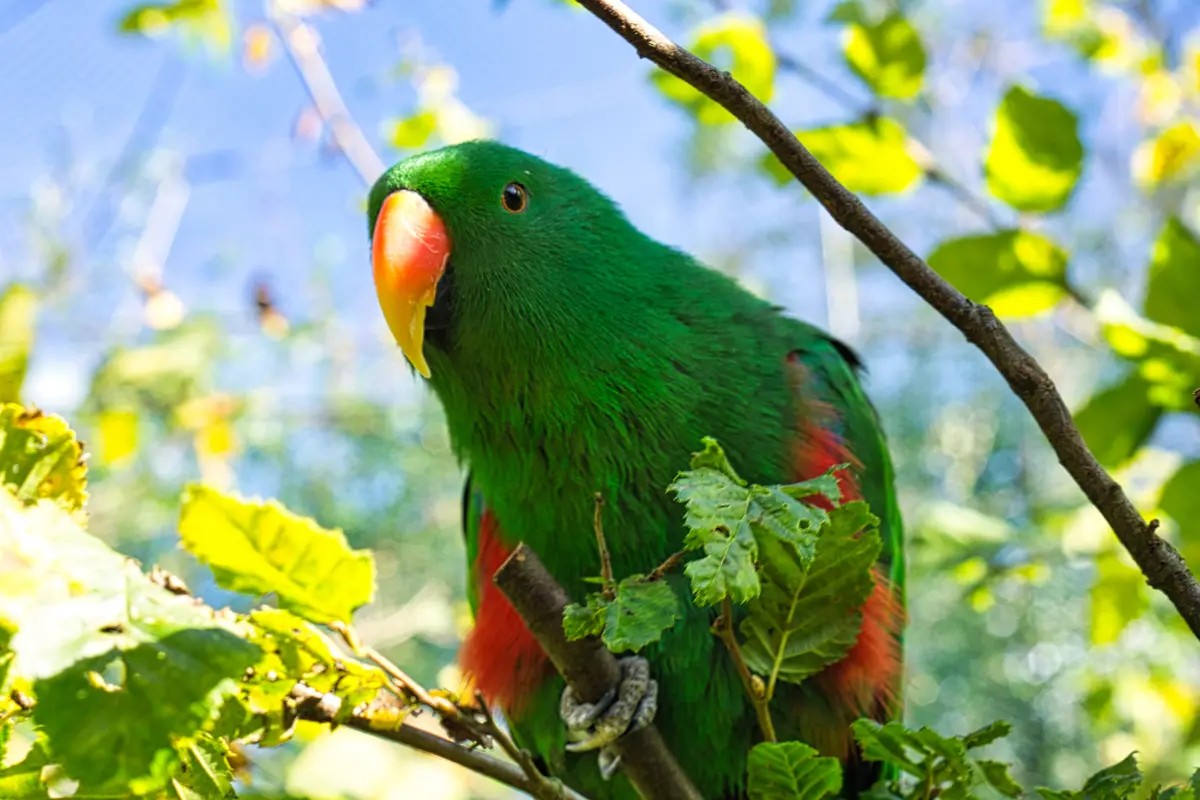Imagine coming home to a chorus of melodic voices, each greeting you with its own unique personality.
Birds, with their unparalleled ability to mimic speech, can bring a whole new level of companionship to your home.
Whether you’re a seasoned bird enthusiast or a curious beginner, selecting the perfect talking bird species can be a delightful journey.
In this article, we’ll explore the top eight avian chatterboxes that can charm their way into your heart.
African grey
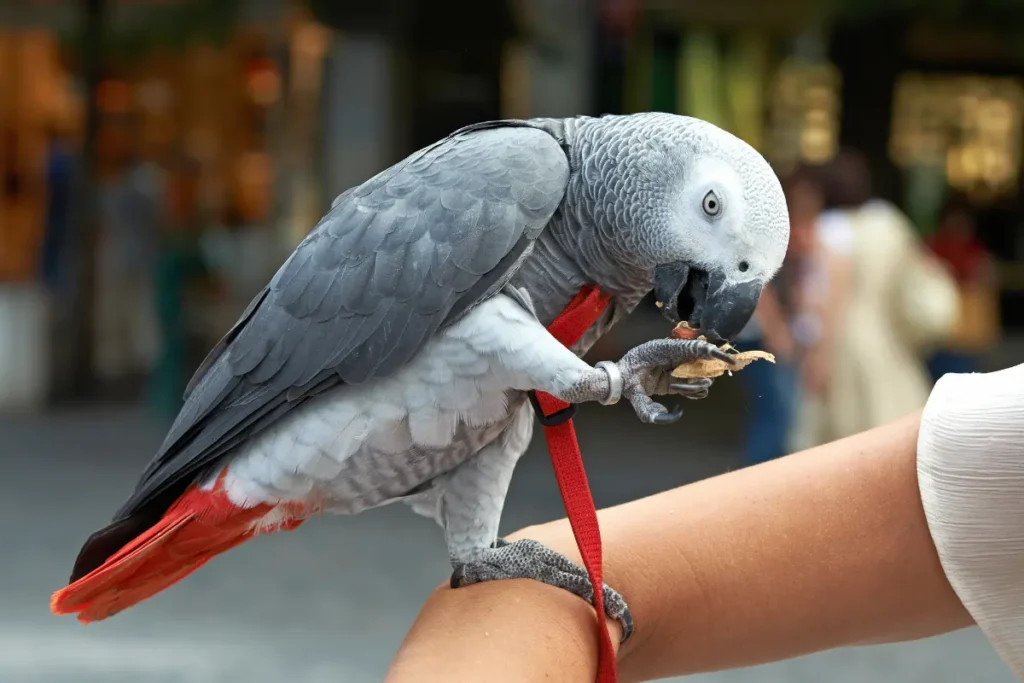
The very clever African grey is frequently recognized as the best talking bird, with some individuals amassing vocabularies of hundreds of words.
There’s also evidence that these parrots can have simple conversations using words in context, though that doesn’t always mean they understand what they’re saying.
In any event, years of patient training and practice are required for this type of verbalization.
Budgerigar
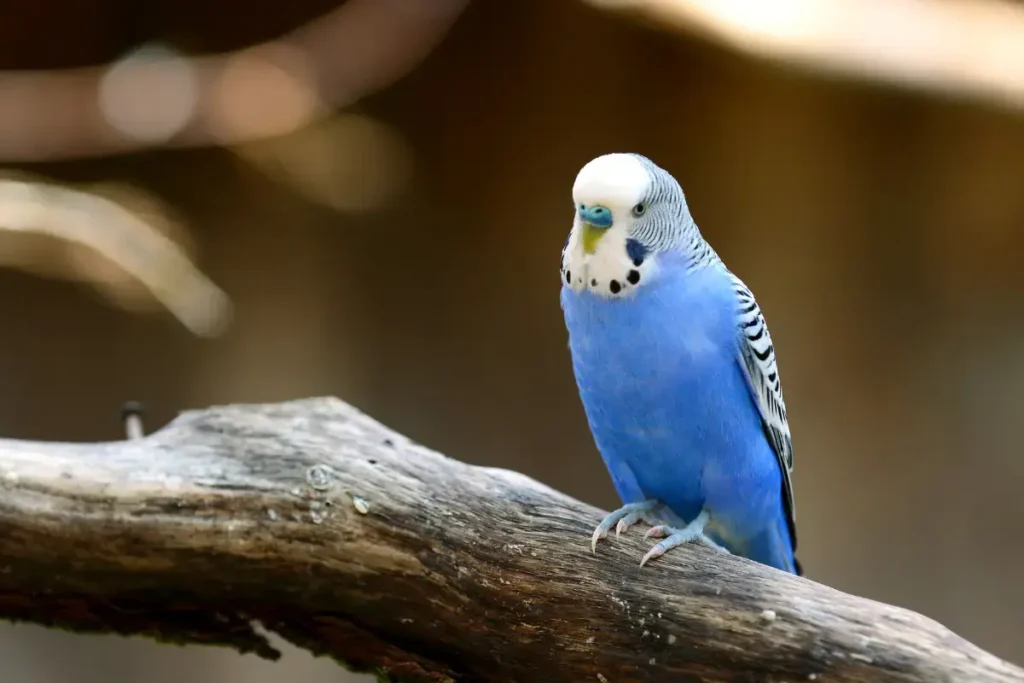
The budgie (or parakeet) is an exceptional talking bird, not to be outdone by larger birds.
In fact, budgies have broken world records for having the most extensive avian vocabulary.
Despite their gravelly voices, budgies are capable of learning a wide range of words and phrases.
Because they are gregarious birds, many enjoy practicing their speech with their caregivers.
Amazon Parrot
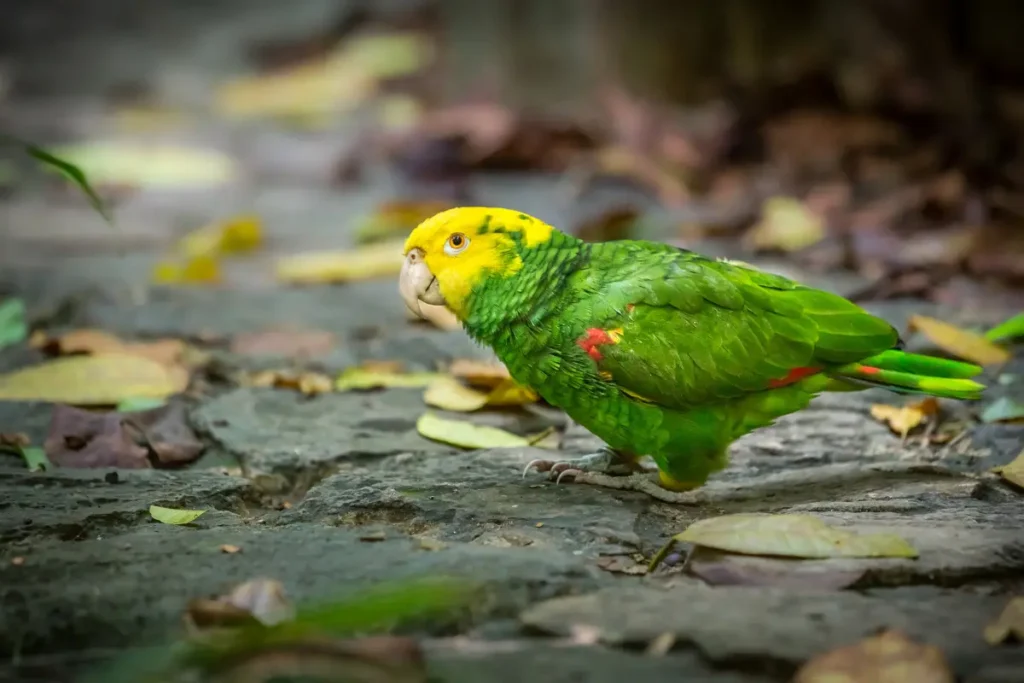
Many Amazon parrots can learn to speak with amazing clarity, and their voices are often very sweet.
Their intrinsic desire to socialize may be what drives them to imitate humans.
They’re energetic, clever birds who enjoy being the focus of attention.
They form tight bonds with their caregivers and require a lot of social interaction as well as enough of space to play.
Indian Ringneck Parakeet
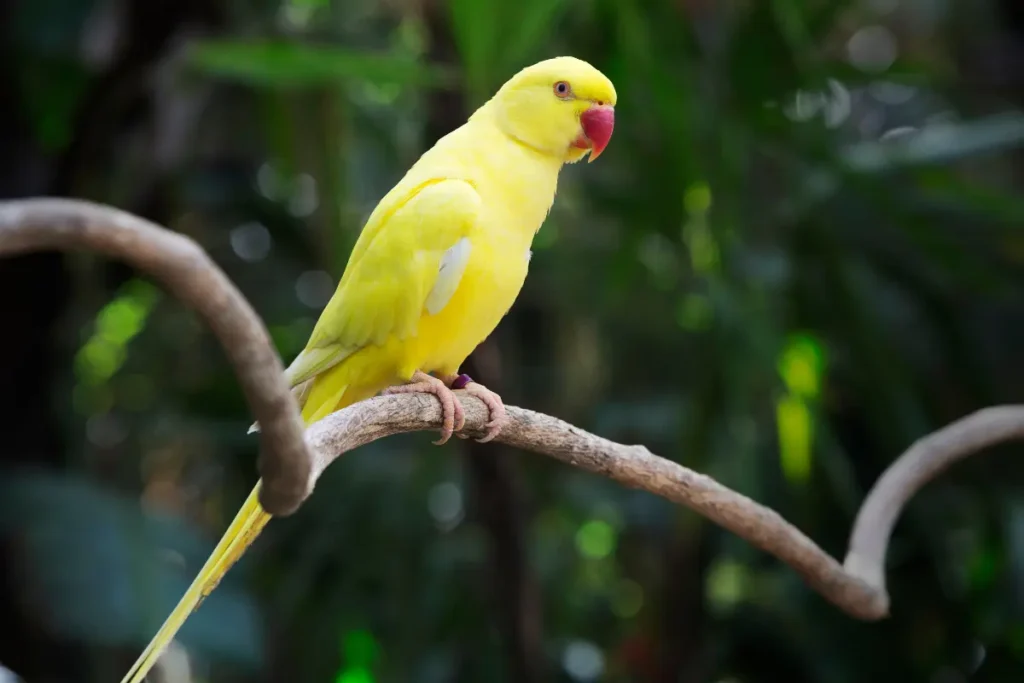
Indian ringneck parakeets appear to have a talent for learning lengthier phrases in addition to short words.
They also tend to speak clearly.
Religious authorities in India who conducted daily prayers in their gardens began to notice local ringnecks repeating the chants centuries ago.
This prompted the birds to be revered and, as a result, people to keep them as pets.
Quaker Parrot
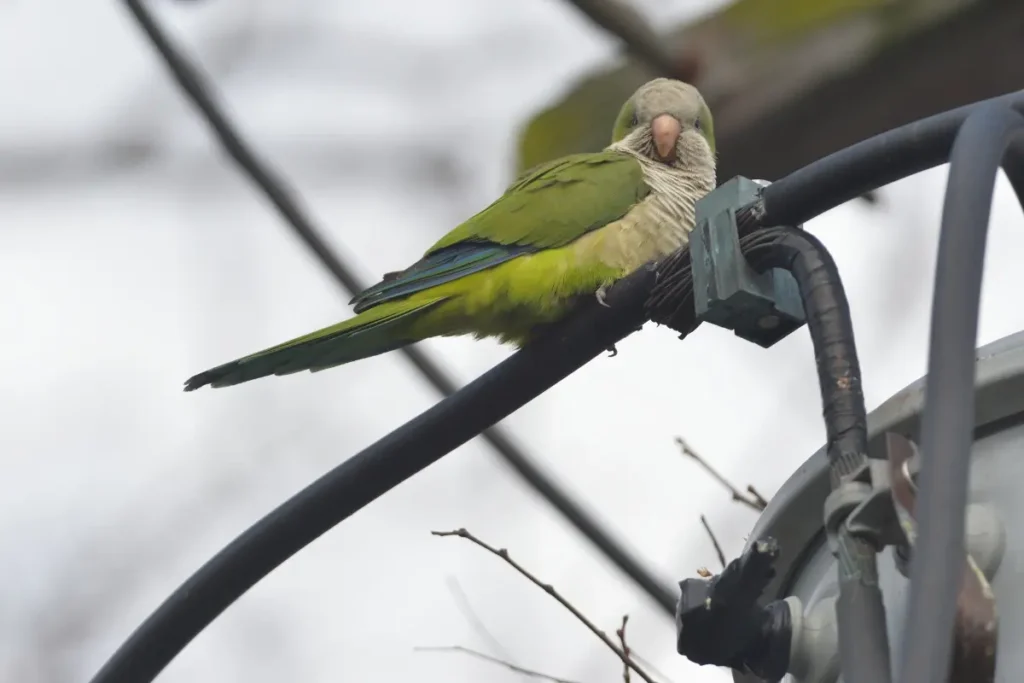
Quaker parrots, sometimes known as monk parakeets, are forbidden in some regions of the United States due to feral flocks, so check local laws if you want to adopt one.
Quakers are very social people who understand human conversation rapidly.
Because they are such quick learners, they are popular among inexperienced bird owners who are new to teaching their birds to talk.
Eclectus
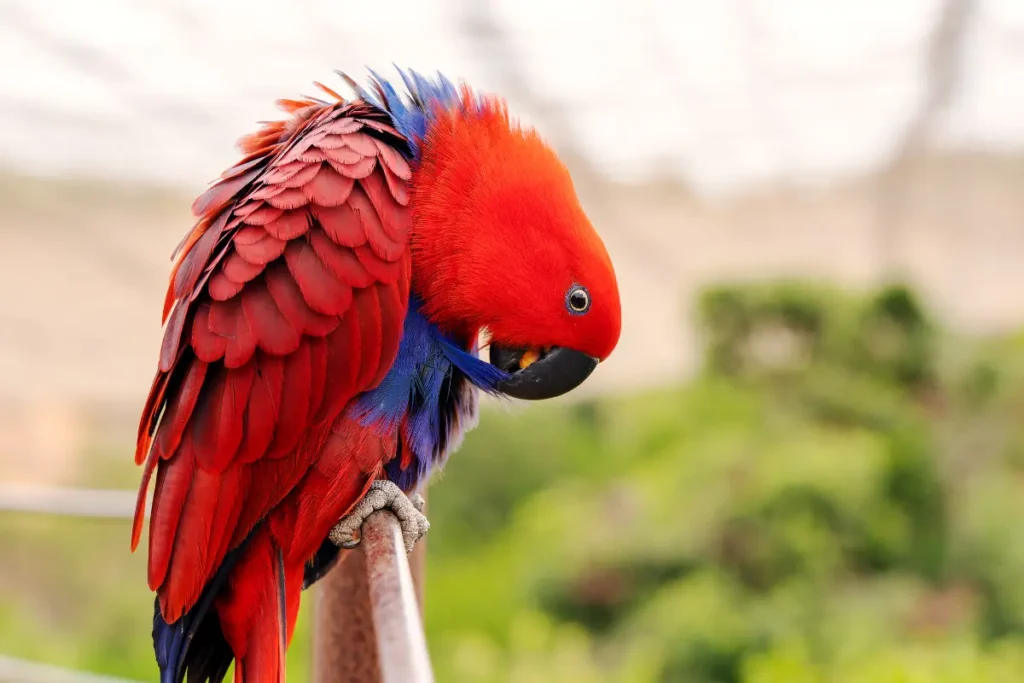
While Eclectus parrots are normally quiet, they can gain a large vocabulary of human words.
These birds are sociable and mild in general, and they thrive on socialization with their keepers.
According to some, a male Eclectus is often easier to teach, whereas the female bird is more autonomous and hence better equipped to manage stress.
Cockatoo
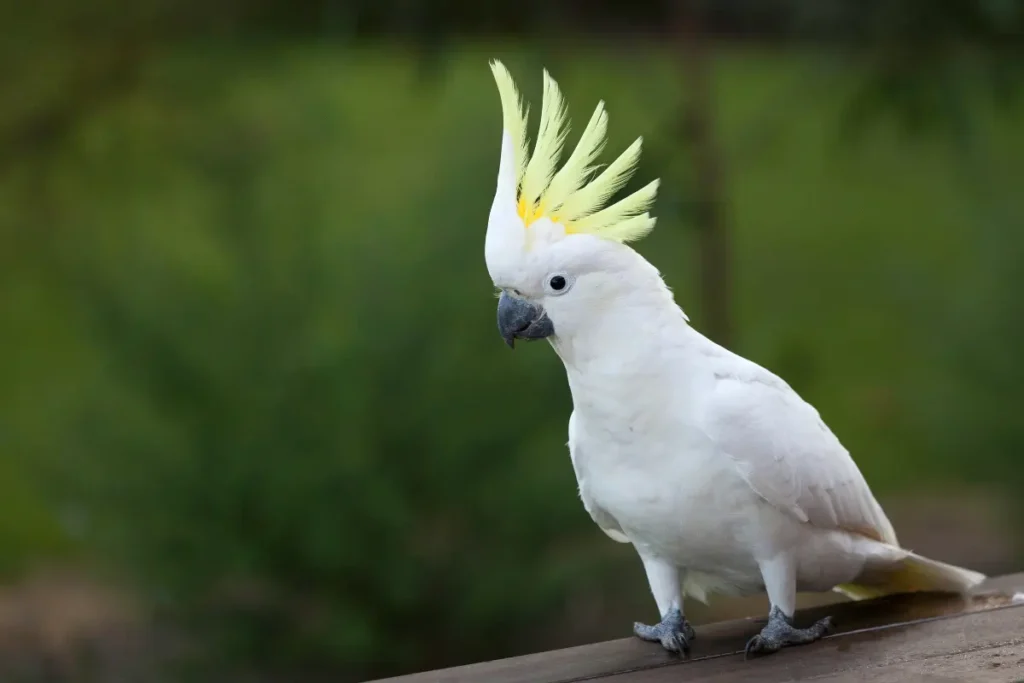
Although they aren’t particularly good talkers, cockatoos can learn a few words and phrases.
They are incredibly gregarious and friendly,
bordering on needy at times, and caretakers should prepare to spend hours interacting with their birds each day.
On the plus side, this link encourages cockatoos to practice tricks with their humans, including communication.
Macaw
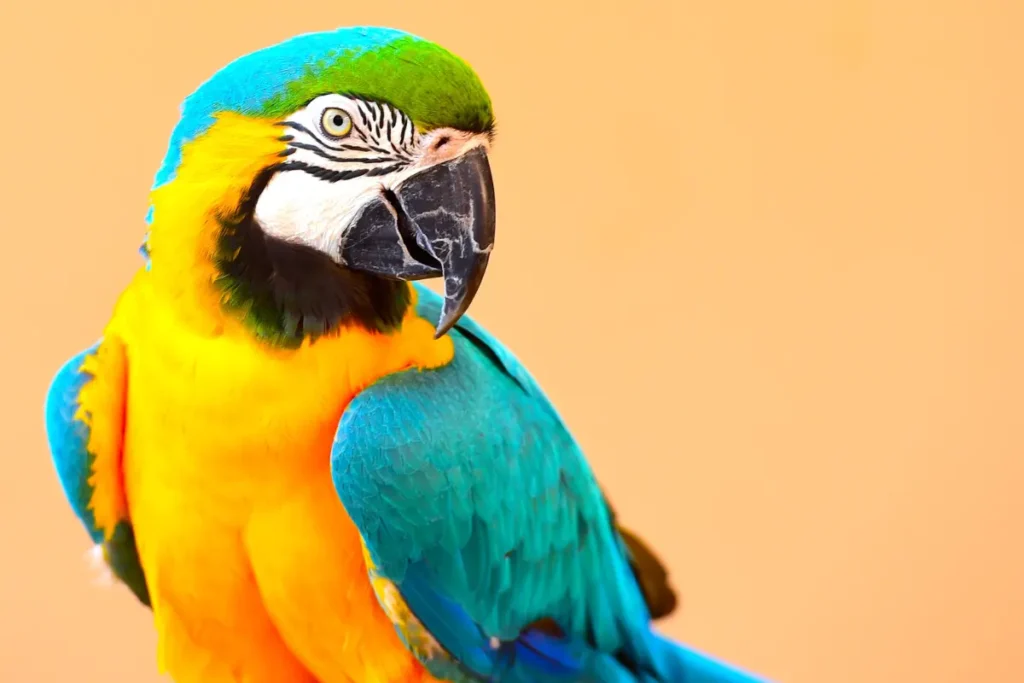
Macaws, like cockatoos, aren’t as eloquent as some other parrots, but they can mimic speech.
Some birds, such as the blue-and-gold macaw, are known to learn words faster than others.
While their speech isn’t always apparent, macaws are generally loud birds.
Expect a bird to converse to you—just not necessarily in a language you understand.
Conclusion
In conclusion, selecting the right talking bird species can bring joy, companionship, and endless entertainment into your home.
Whether you’re drawn to the intelligence of African Greys, the charisma of Amazon Parrots, or the quirky charm of Quaker Parrots, there’s a talking bird out there for everyone.
By providing these feathered chatterboxes with love, care, and proper training, you can forge a lifelong bond that transcends language barriers.
FAQs
Are talking birds difficult to train?
Training talking birds requires patience, consistency, and positive reinforcement.
With dedication and proper techniques, most talking bird species can learn to mimic speech and sounds.
Do talking birds require special care?
Like all pets, talking birds require proper care, including a nutritious diet, regular veterinary check-ups, and mental stimulation.
Providing them with toys, social interaction, and a stimulating environment is essential for their well-being.
Can any bird species learn to talk?
While some bird species are more adept at mimicking speech than others, almost any bird can learn to mimic sounds with proper training and socialization.
However, species such as African Greys, Amazon Parrots, and Cockatoos are known for their exceptional talking abilities.
How long does it take for a bird to learn to talk?
The time it takes for a bird to learn to talk varies depending on factors such as species, individual temperament, and the consistency of training.
Some birds may start mimicking sounds within a few weeks, while others may take several months to develop a vocabulary.
Are talking birds noisy?
While talking birds can be vocal, especially during certain times of the day, their noise level varies depending on the species and individual bird.
Providing them with proper training, socialization, and enrichment can help minimize excessive vocalizations.

